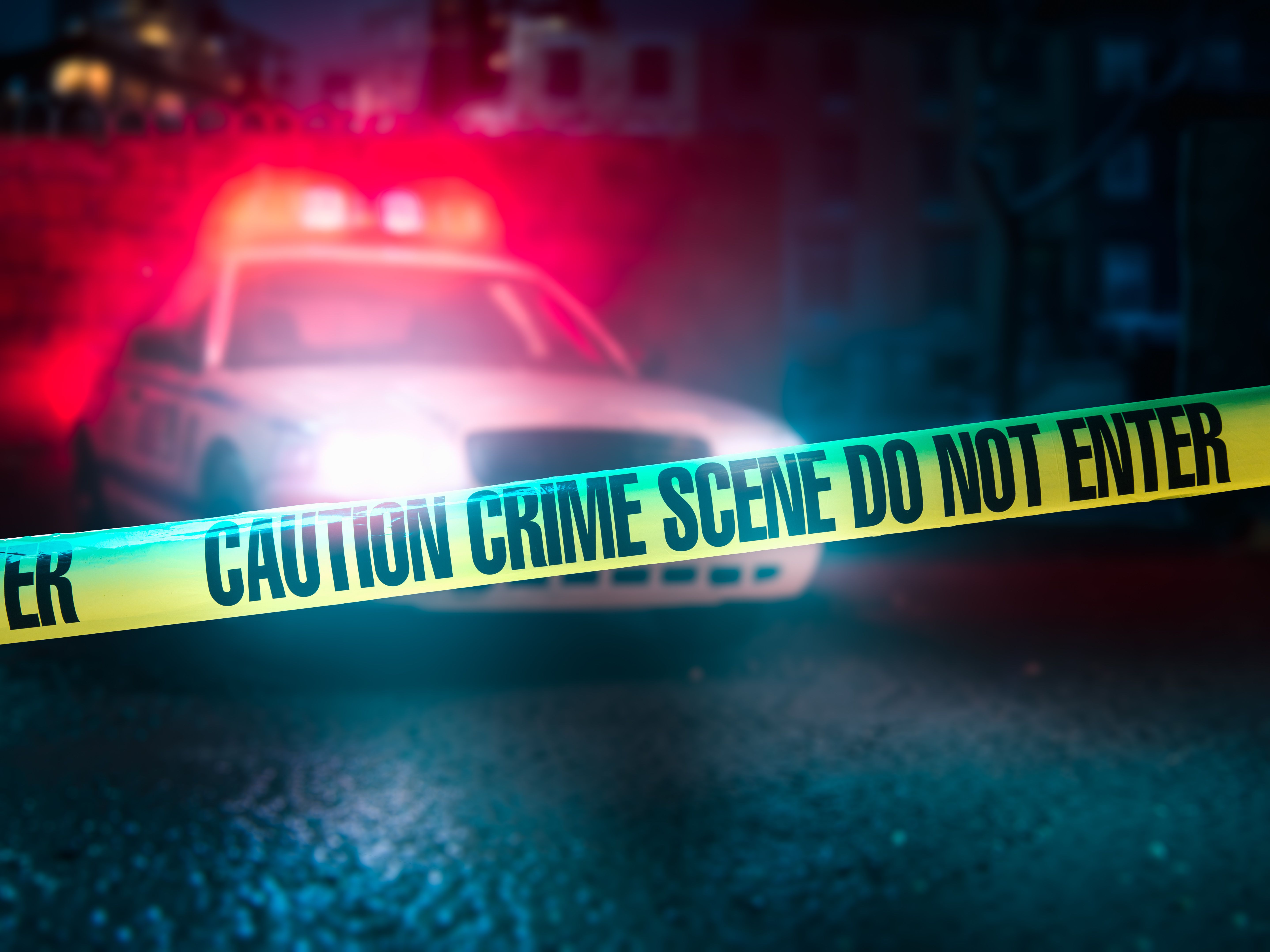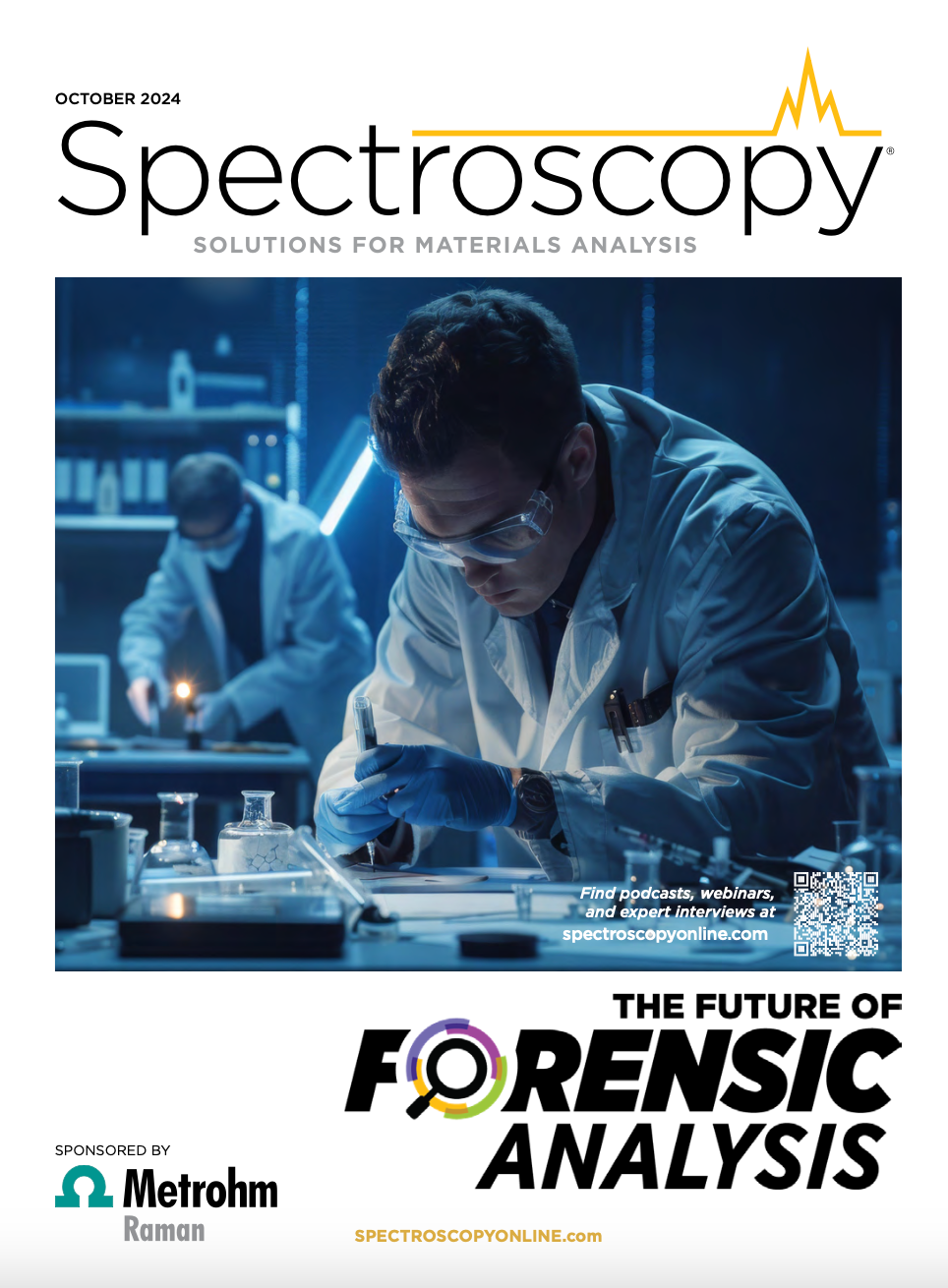Compact LIBS Sensor Modernizes Crime Scene Forensics
Researchers have developed a cutting-edge, portable LIBS sensor designed for crime scene investigations, offering both handheld and tabletop modes. This device enables on-the-spot analysis of forensic samples with unprecedented sensitivity and depth, potentially transforming forensic science.
A team of researchers from the Italian National Agency for New Technologies, Energy and Sustainable Economic Development (ENEA) and the Fraunhofer Institute for Chemical Technology (ICT) has unveiled a novel laser-induced breakdown spectroscopy (LIBS) sensor. This groundbreaking tool, designed to meet the stringent demands of law enforcement, promises to revolutionize how forensic evidence is analyzed at crime scenes. The sensor, which can operate in both handheld and tabletop modes, is set to offer law enforcement agencies a versatile, portable, and highly sensitive tool for on-the-spot forensic analysis (1).
Read More: LIBS in Forensic Analysis
Details of the Development
The LIBS sensor was meticulously designed to address the technical gaps identified by law enforcement agencies participating in the Real-time on-site forenSic tracE qualificatioN (RISEN) project. This project aims to enhance crime scene investigations by integrating advanced on-site analysis tools with interactive 3D models of crime scenes. The LIBS sensor plays a crucial role in this initiative, providing a fast, reliable means of detecting trace elements on a variety of surfaces without the need for extensive sample preparation (1,2).
High contrast image of a crime scene | Image Credit: © fergregory - stock.adobe.com

Key features of the sensor include its ability to operate in diverse environments, both indoors and outdoors, and its capacity for precise analysis of trace materials. The device's compact design includes a detachable, lightweight sensor head connected to an instrument box via a 2-meter umbilical. This configuration allows for flexibility in operation, enabling the sensor to be used directly at the crime scene or in a laboratory setting for more detailed analysis (1).
Performance and Findings
The research team, comprising Violeta Lazic, Fabrizio Andreoli, Salvatore Almaviva, Marco Pistilli, Ivano Menicucci, Christian Ulrich, Frank Schnürer, and Roberto Chirico, conducted extensive testing of the LIBS sensor to optimize its performance. The results were impressive, demonstrating the sensor's ability to detect trace elements with a sensitivity below 10 picograms on silica wafers. The device also proved effective in analyzing a range of common forensic samples, including fingerprints, soil, gunshot residue, and varnished surfaces (1).
One of the most notable capabilities of the LIBS sensor is its depth profiling function. During tests on car paint samples, the sensor successfully identified all four layers of paint, highlighting its potential for detailed forensic investigations. This capability is particularly useful in cases involving automotive paint fragments, where determining the make, model, and year of a vehicle can be critical to an investigation (1).
Implications for Forensic Science
The introduction of this LIBS sensor marks a significant advancement in forensic technology. Its portability and versatility make it an invaluable tool for crime scene investigators, offering the ability to conduct detailed chemical analyses on-site. This reduces the need for sample transportation and minimizes the risk of contamination, ultimately leading to more accurate and reliable forensic evidence (1).
The sensor's design also prioritizes user-friendliness, with a graphical user interface (GUI) that simplifies operation and ensures that even those without specialized knowledge of LIBS technology can use it effectively. Additionally, the system's ability to transmit data to the central RISEN 3DA-CSI system enhances the overall efficiency of crime scene investigations by allowing for real-time data integration and analysis (1).
Future Developments
While the current LIBS sensor prototype has shown remarkable potential, the research team has already identified areas for further improvement. Plans are underway to reduce the size of the instrument box to fit into a backpack, making the device even more portable. Other proposed upgrades include motorized slits for sample positioning, enhanced spatial resolution for the viewing camera, and improved software for automatic data analysis (1).
The potential applications of this LIBS sensor extend beyond forensic science. The researchers envision its use in various fields, including cultural heritage preservation, environmental monitoring, and other areas where in situ analysis of materials is required (1).
Conclusion
The development of this LIBS sensor represents a significant leap forward in forensic technology, providing law enforcement agencies with a powerful new tool for crime scene investigations (1,2). As the research team continues to refine and enhance the device, it is likely to become an essential component of forensic workflows, offering unmatched precision and efficiency in the analysis of forensic evidence (1,2).
References
(1) Lazic, V.; Andreoli, F.; Almaviva, S.; Pistilli, M.; Menicucci, I.; Ulrich, C.; Schnürer, F.; Chirico, R. A Novel LIBS Sensor for Sample Examinations on a Crime Scene. Sensors 2024, 24 (5), 1469. DOI: 10.3390/s24051469
(2) Rodriguez-Pascual, J. A.; Doña-Fernández, A.; Loarce-Tejada, Y.; de Andres-Gimeno, I.; Valtuille-Fernández, E.; Gutiérrez-Redomero, E.; Gomez-Laina, F. J. Assessment of Gunshot Residue Detection on a Large Variety of Surfaces by Portable LIBS System for Crime Scene Application. Forensic Sci. Int. 2023, 353, 11886. DOI: 10.1016/j.forsciint.2023.111886

Laser Ablation Molecular Isotopic Spectrometry: A New Dimension of LIBS
July 5th 2012Part of a new podcast series presented in collaboration with the Federation of Analytical Chemistry and Spectroscopy Societies (FACSS), in connection with SciX 2012 — the Great Scientific Exchange, the North American conference (39th Annual) of FACSS.
New Multi-Spectroscopic System Enhances Cultural Heritage Analysis
April 2nd 2025A new study published in Talanta introduces SYSPECTRAL, a portable multi-spectroscopic system that can conduct non-invasive, in situ chemical analysis of cultural heritage materials by integrating LIBS, LIF, Raman, and reflectance spectroscopy into a single compact device.